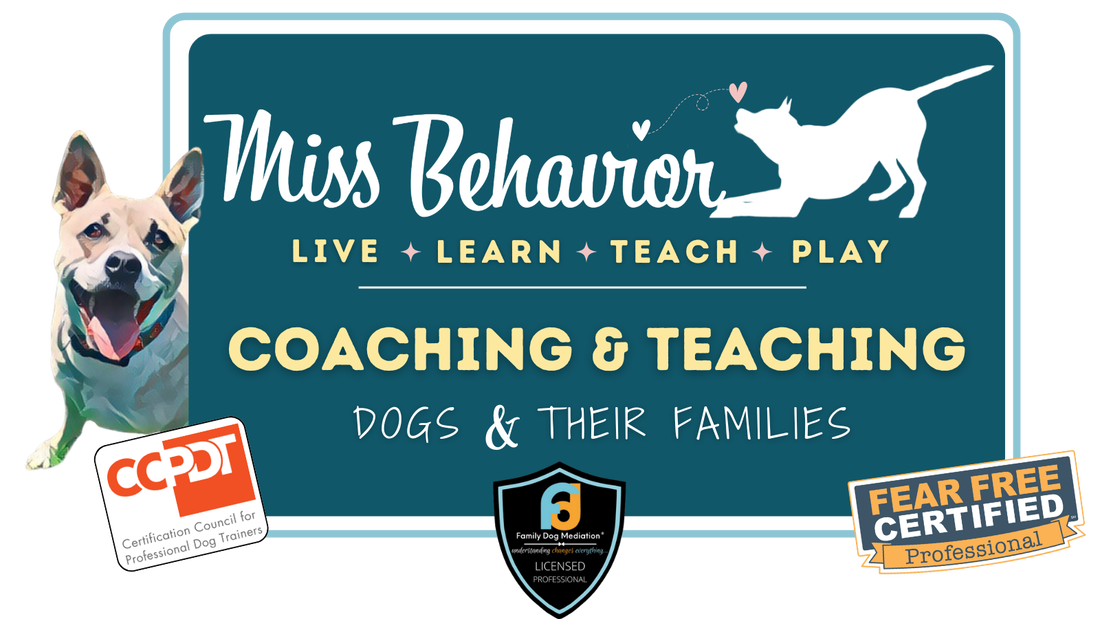|
8/15/2024 0 Comments Let's talk about TOY DOGSWhen we think of Toy Dogs, many might picture petite, cuddly companions perfectly suited for an Instagram photo. However, these small dogs, known for their companionship and charm, carry a rich history and distinct traits that make them much more than just adorable pets. Toy Dogs include those who were historically bred for the purpose of companionship and as lap dogs, based in ethology, not AKC or UKC standards. These include, but aren't limited to: The Pekingese, Pomeranian, Pug, Chinese Crested, Cavalier King Charles, Papillon, Toy Poodle, Lhasa Apso, Tibetan Spaniel, Shih Tzu, and more. A Glimpse into their History
How did they get so small? One of the fascinating aspects of Toy Dogs is their genetics. It's believed that these breeds carry 1-3 types of dwarfism mutations in their genes, which contribute to their small size—a trait that sets them apart from their larger ancestors. This genetic distinction has played a significant role in shaping their appearance and behavior. The Role of Toy Dogs Today In the modern world, Toy Dogs primarily serve as companions. Their small size makes them ideal lap warmers and snuggle buddies, providing their human counterparts with a comforting presence that triggers the release of oxytocin, the "love hormone." Despite their diminutive stature, Toy Dogs are known for their intuitive and engaging nature. They are curious, portable, and can be incredibly comforting, making them perfect companions for those seeking a close bond with their pet. However, with their strengths come challenges. Toy Dogs can be co-dependent, needy for attention, defensive, and wary of strangers. Their small size also makes them more fragile, requiring careful handling and a safe environment. Building Resilience in Toy Dogs To ensure your Toy Dog thrives, it's crucial to focus on resilience conditioning. This involves boosting their self-esteem, fostering independence, and providing adoration without coddling. Predictability in their daily routine, combined with regular novelty, helps build their confidence. Equally important is teaching them alone-time skills, so they don't develop an unhealthy reliance on your constant presence. Learn more by checking out my mini-course on Building Resilience in your Family Dog or by checking out Behavior Vet's Resilience Rainbow Framework Meeting the Modern Needs of Toy Dogs  Toy Dogs need clear, consistent, and fair boundaries to feel secure. Incorporating enrichment activities like puzzle games, sniff walks, agility, and social play can significantly enhance their quality of life. These activities not only keep them mentally stimulated but also help in nurturing their innate instincts, making them well-rounded pets. In conclusion, Toy Dogs may be small, but their impact is HUGE. They offer unparalleled companionship, requiring their owners to provide them with love, attention, and proper care. By understanding their history, genetics, and specific needs, you can ensure your Toy Dog lives a happy, fulfilling life—one filled with joy, comfort, and the occasional playful chase.
0 Comments
Your comment will be posted after it is approved.
Leave a Reply. |
|
- Home
- About
- Blog
- Services
- Membership
-
Courses & Freebies
- All Courses
- FREE Boredom Buster Recipes
- COURSE: Building Resilience in your Family Dog
- COURSE: Managing the Leash Walk
- Potty Training COURSE
- Paws Off COURSE
- COURSE: Managing the Leash Walk
- FREE Attention Building Challenge
- FREE Scratchboard Training
- FREE Rest and Recovery Round-Up
- FREE Body Language 101
- Contact
- Home
- About
- Blog
- Services
- Membership
-
Courses & Freebies
- All Courses
- FREE Boredom Buster Recipes
- COURSE: Building Resilience in your Family Dog
- COURSE: Managing the Leash Walk
- Potty Training COURSE
- Paws Off COURSE
- COURSE: Managing the Leash Walk
- FREE Attention Building Challenge
- FREE Scratchboard Training
- FREE Rest and Recovery Round-Up
- FREE Body Language 101
- Contact
Search by typing & pressing enter







 RSS Feed
RSS Feed





